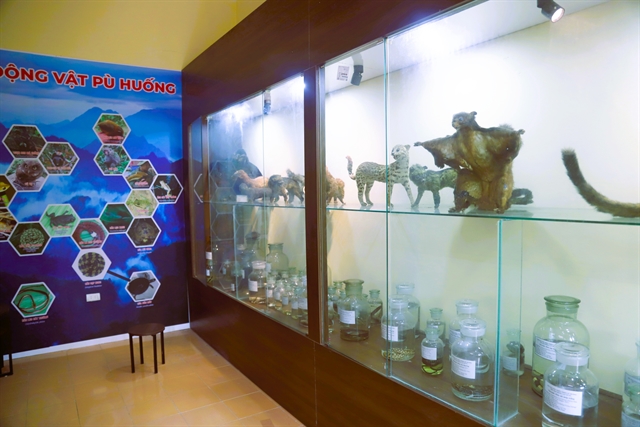 Environment
Environment

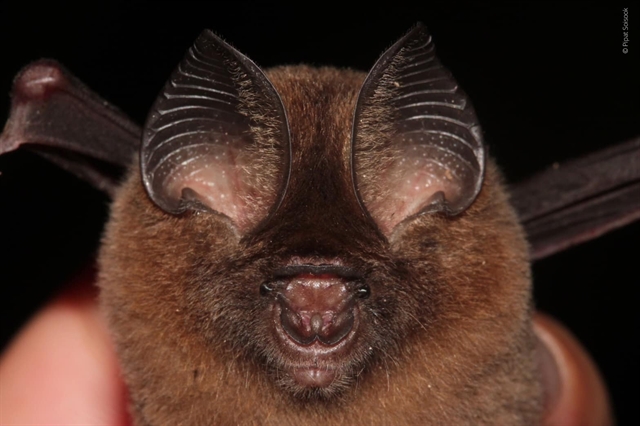 |
| Hipposideros kingstonae – mammal. Although it’s found from Thailand to Borneo, this leaf-nosed bat had flown under the radar until recently. It was discovered during fieldwork between 2014 and 2021, and has been documented at two sites in peninsular Thailand, one in peninsular Malaysia and two in Sabah, Borneo. — Photo courtesy of © Pipat Soisook-WWF |
ĐÀ NẴNG — A stunning crocodile newt so colourful it’s hard to believe it remained hidden until now; a leaf-toed gecko with rows of bumpy spikes running down its back; and an orchid that looks like a starfish -- these are just a few of the 112 new species found in Việt Nam in 2023, according to a report released by the World Wildlife Fund (WWF).
The WWF report detailed 234 new species that were found in the Mekong region last year, including the 112 discovered in Việt Nam -- but noted that many of the species are already under threat of extinction from human activities.
The nature conservation organisation is also calling on governments in the region to help preserve these rare, amazing creatures and their habitats.
The report documents the work of hundreds of scientists from universities, conservation organisations and research institutes around the world who discovered 173 species of vascular plants, 26 reptiles, 17 amphibians, 15 fish and three mammals in Cambodia, Laos, Myanmar, Thailand and Việt Nam. This brings the total number of vascular plants and vertebrate animals described in the Greater Mekong region since 1997 to 3,623.
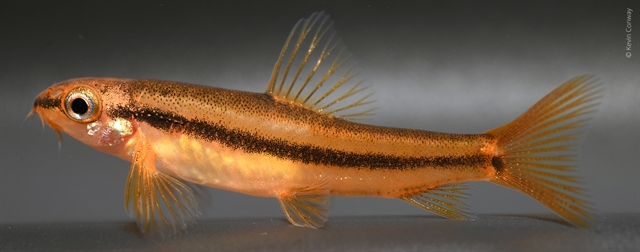 |
| Physoschistura mango – fish. This miniature loach first appeared in the international aquarium trade in 2006. It’s become popular among aquarium hobbyists, and is commonly known as the “rosy loach” for its bright colour. But until last year, it hadn’t been described scientifically. Photo courtesy of © Kevin Conway-WWF |
“Although these species were just described by science last year, they have been living in the unique habitats of our region for many millennia,” said Chris Hallam, WWF's Asia-Pacific regional wildlife lead.
“Each of these species is a critical piece of a functioning, healthy ecosystem and a jewel in the region's rich natural heritage. And the researchers are equally as precious. They are working passionately and tirelessly to describe these species under trying conditions, unfortunately often with little resourcing.”
Highlights of the report include a ginger species that has a root that smells like mango; a leafless orchid that was found in a market and is likely already threatened by overexploitation; a rosy loach fish, only just described by science despite being common in the aquarium trade; and a bright orange crocodile newt living at a new elevation record for its type, found between 1,800m and 2,300m above sea level.
The list also includes a karst dragon lizard – a name that sounds like it came out of Game of Thrones – that represents not just a new species but a new genus, a ‘simply gorgeous’ pit viper snake with beautiful scales that make it look like it has long eyelashes, and a keelback snake named after the Mông ethnic group.
There is also a shrew mole that weighs only eight grammes – putting it within the top 10 lightest species of terrestrial mammal on earth – and a soft furred hedgehog with sharp fangs named after the Vietnamese word for vampire.
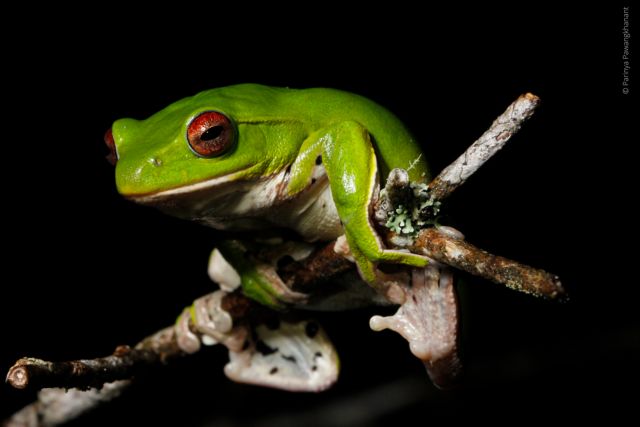 |
| Chiloschista quangdangii – plant. This new species of leafless orchid may already face imminent extinction. To date, it’s only known from a single location near Lung Muoi village in the north of Viet Nam. Photo © Truong Ba Vuong-WWF |
Species are discovered in a variety of ways. Some are collected during field visits and sit in natural history museums and botanical gardens for years, and sometimes for decades, before they are analysed and identified. Gernot Vogel, one of the researchers who contributed to the discoveries highlighted in the report, emphasises the importance of these collections, calling them "the memory of life on our planet”.
Sometimes species are found in trade, as is the case with many orchid and aquarium fish species.
“We must act quickly to ensure these newly discovered species are not lost to habitat destruction, the wildlife trade, or overexploitation before we fully understand their role,” said Nguyễn Văn Trí Tín, WWF Việt Nam's Biodiversity Lead.
“Each species is a crucial part of the web of life that supports our ecosystems, livelihoods, and culture. In Việt Nam, protecting these newly described species and their habitats is not just a conservation imperative; it is a shared responsibility to preserve our nation’s natural heritage for future generations”.
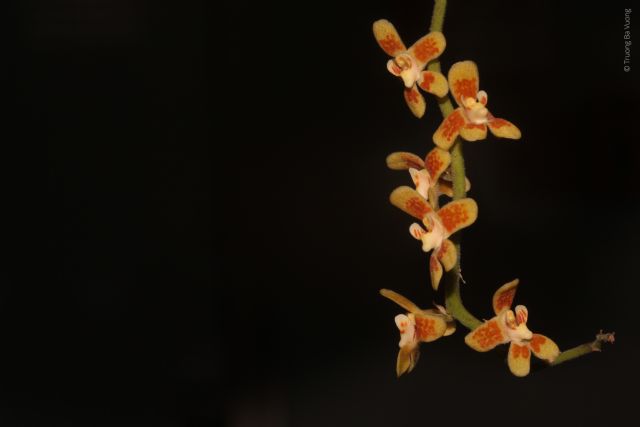 |
| Chiloschista quangdangii – plant. This new species of leafless orchid may already face imminent extinction. To date, it’s only known from a single location near Lung Muoi village in the north of Viet Nam. Photo © Truong Ba Vuong-WWF |
Biodiversity in the Greater Mekong is under intense pressure from habitat loss and degradation, overexploitation including from the illegal wildlife trade, climate change, pollution, invasive species and diseases, according to the Living Planet Report.
To stop the decline of wildlife, the WWF works with communities, governments and many other stakeholders to better understand species, strengthen their conservation, and address critical threats like wildlife crime and overexploitation. VNS

.jpg)
.jpg)

